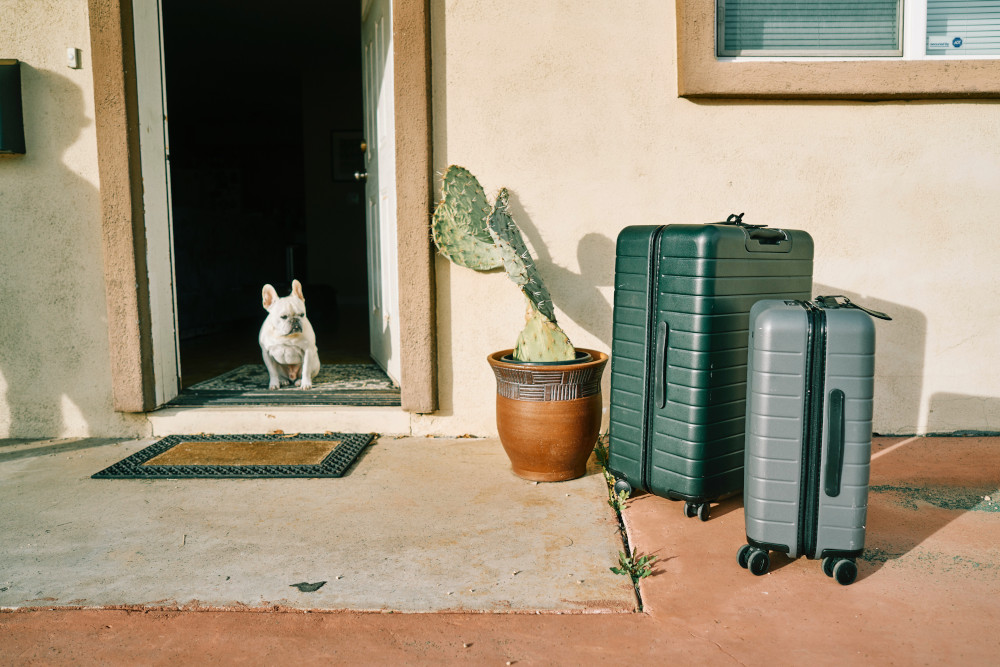
With summer holidays fast approaching, most of us would rather spend time outdoors and go on adventures with our pets. However, there are a few precautions all pet owners should take to make sure every outing is as safe as paw-sible.

Research conducted by leading vet charity, PDSA, found that 80% of owners don’t own a pet first aid kit and nine out of ten owners have no pet first aid training. Yet these could be crucial in case of an emergency, according to Vet Nurse Shauna Walsh, who has revealed the must-have items owners should be taking on every walk.
“Just like we have our own first aid kits, pet owners should have one with the items needed to treat smaller injuries,” said Shauna Walsh. “This is especially important if you plan on taking your furry family member out and about with you this summer. If you are taking any road trips with your pet, it can be helpful to keep a second one in the car too.

“Every first aid kit should include bandages, cotton wool, self-adhesive tape, and dressings which will come in handy for cuts and scrapes and allow you to treat them effectively. If your pet’s wound is small, carrying wound wash to help you flush the area can be helpful, as clean water might not be available when you’re out and about. However, if the cut is bigger, having these items with you in an emergency can help to stem any bleeding while you seek further treatment from a vet.
“In the summer we see a rise in ticks in the UK, so including a pair of tick tweezers in your first-aid kit could be useful. To ensure you remove the whole tick, grasp the tick as close to the skin’s surface as possible then pull up with a steady, even pressure. If you twist or jerk the tick, it is possible for parts to break off under your pet’s skin. If you think this has happened, it is best to seek advice from a vet.

“Stings and bites from insects, such as bees and wasps, are commonplace over the warmer months. Most bites and stings can be treated at home, providing they’re not severe or haven’t triggered an allergic reaction. In the case of bee stings, you may also try to pull the sting out with tweezers – but never try to squeeze it as it could make things worse. You can apply a cold compress to soothe the area.
“If your pet does show signs of an allergic reaction such as swelling or a rash, I’d recommend calling your vet for advice. Your furry friend may need medication to make sure their reaction doesn’t get worse and to keep them comfortable.
“Of course, make sure to assess every situation and do take your pet to see a vet even after doing first aid at home. Having these items available can help mitigate many emergencies and bridge the gap of time before you can get to a vet.”

PDSA Vet Nurse Shauna Walsh says a pet first aid kits should include:

To help pet owners who may be unfamiliar with pet first aid, PDSA has created a free first aid guide, packed with advice on how to treat most common injuries and illnesses, from heatstroke and burns to cuts and scrapes.